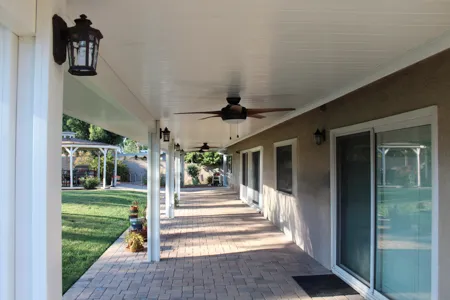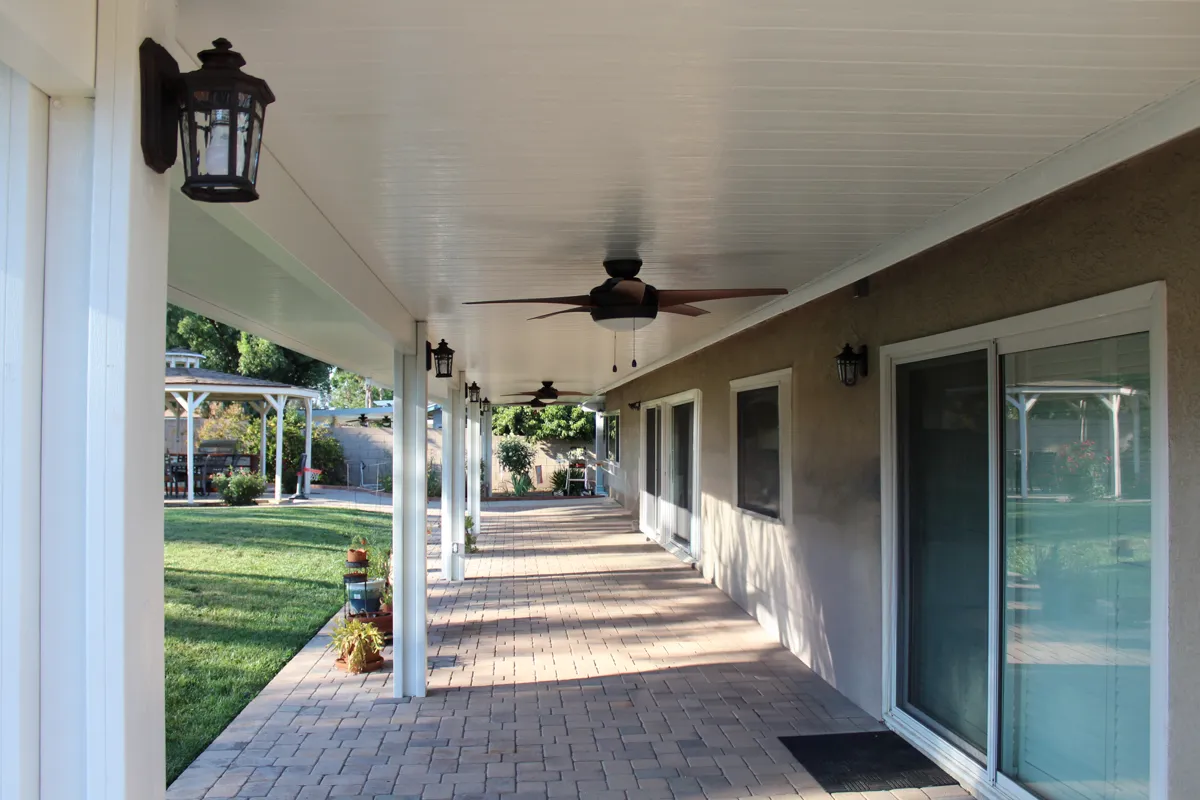Our specialized removal team combines quick response with safe, effective elimination of stinging insect threats. We protect your property while preserving beneficial pollinators.





Serving Southern California Since 1997
Wasps are insects in the order Hymenoptera. Bees and wasps often look very similar, and since they both fly and sting, it can sometimes be hard to tell them apart. However, there are some definite distinctions that will clue you in as to whether you're dealing with a bee or a wasp. Some types of wasps are obviously not bees because they are not the right color. However, many wasp varieties are yellow and black, like their bee cousins. If you see a wasp that looks like this, look at the shape of its body. Bees are typically fat and do not have distinctive curves in their middle. Wasps have a tightly cinched waist and are longer and narrower than bees. They are also generally hairless, while bees are fuzzy.
Whether wasps are dangerous depends on the species of wasp you're dealing with. Almost all wasps can sting, but some are so docile that they almost never do it. However, other wasps are highly aggressive and will sting at the slightest provocation. Typically, social wasps, like hornets and yellow jackets, are much more likely to sting. These nesting varieties will do just about anything to protect their nests, up to and including swarming by the thousands and stinging over and over again until they chase away any perceived threat. In this case, wasps can be dangerous, especially to those allergic to insect venom.
Many things can attract wasps to your house. One big thing is if you have an easy food source. Some wasp varieties will eat the nectar of certain flowers, some will eat fruits and vegetables, and some will eat just about anything. Wasps may also end up on your property if you have an infestation of insects that wasps like to prey on for reproductive purposes, such as caterpillars or grasshoppers. Easy nesting spots are another big attractant. If you have a lot of holes in your yard, yellow jackets may set up a nest there, and if you have windows with big frames or overhangs, these may attract aerial wasps.
The location of wasp nests depends on the wasp species. For instance, most of the time, yellow jackets will nest inside holes in the ground or hollows and trees, while hornets will build large paper nests in tree branches or the overhangs on your house. You might even find mud daubers building mud tunnels on your home's siding.
If you already have a wasp infestation, doing your own wasp removal is not advisable. While you might get away with knocking down a couple of mud dauber tunnels, if you mess with yellow jacket or hornet nests, it will be a different story. Trying to get rid of these species could result in an attack that leaves you with hundreds of stings. To keep yourself safe, the best thing you can do is contact the wasp experts here at The Termite Guy! We can safely and effectively remove the wasps from your property regardless of the species.
While you may not be able to get rid of wasps yourself once you already have them, wasp prevention is much easier. Just take these steps: - Cover all outdoor garbage cans with tight lids. - Try using decoy nests to make social wasps think they're invading other wasps' territory. - Never leave fruits or veggies from outdoor plants sitting on the ground. - Get rid of infestations of spiders, caterpillars, or other wasp prey. - Plant wasp-repellent herbs and flowers like basil, lemongrass, and marigolds. And remember, for the best wasp removal services in Southern California, the experts here at The Termite Guy are just a click or call away!


Protect Your Home Today
Friday: 7am - 4pm
Saturday - Sunday: CLOSED
Friday: 7am - 4pm
Saturday - Sunday: CLOSED
































